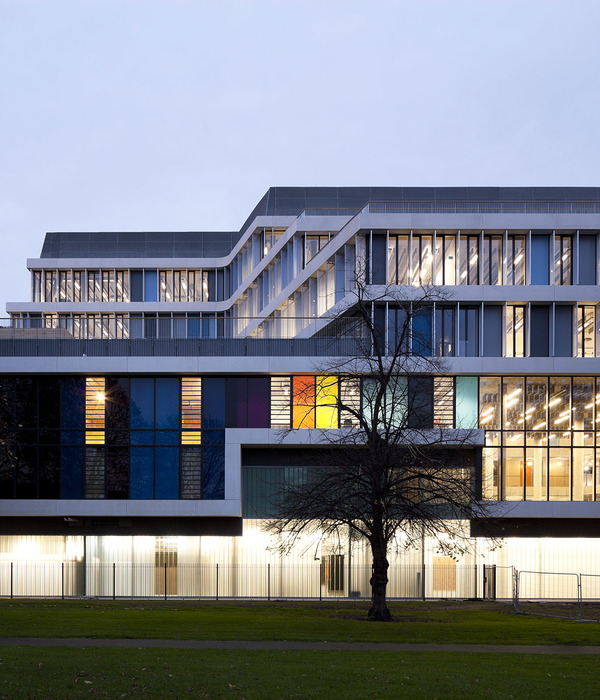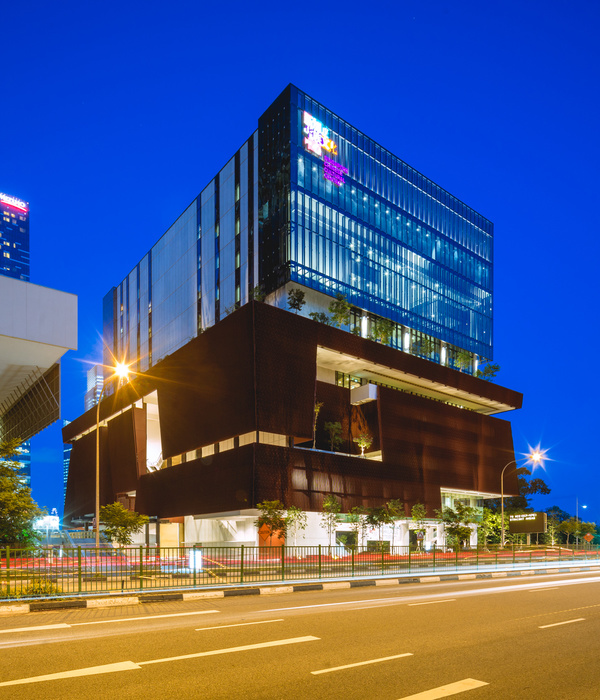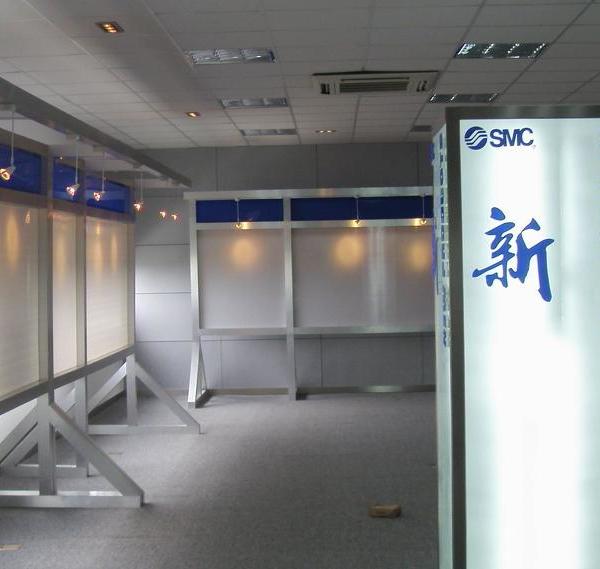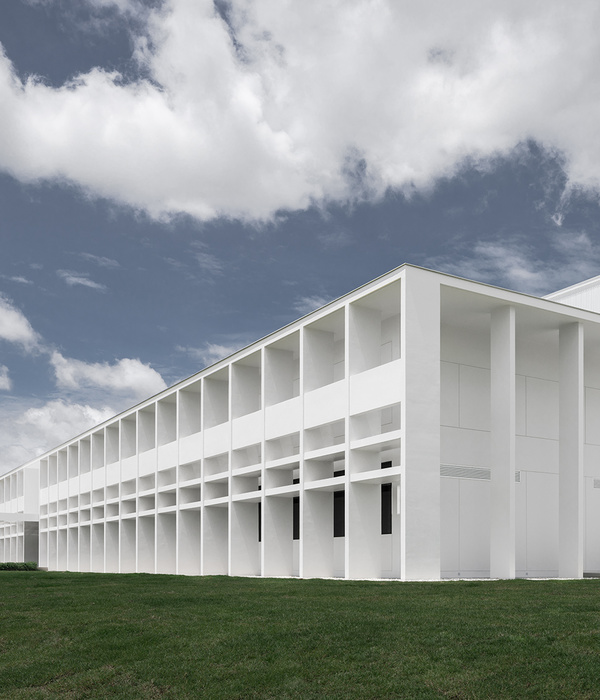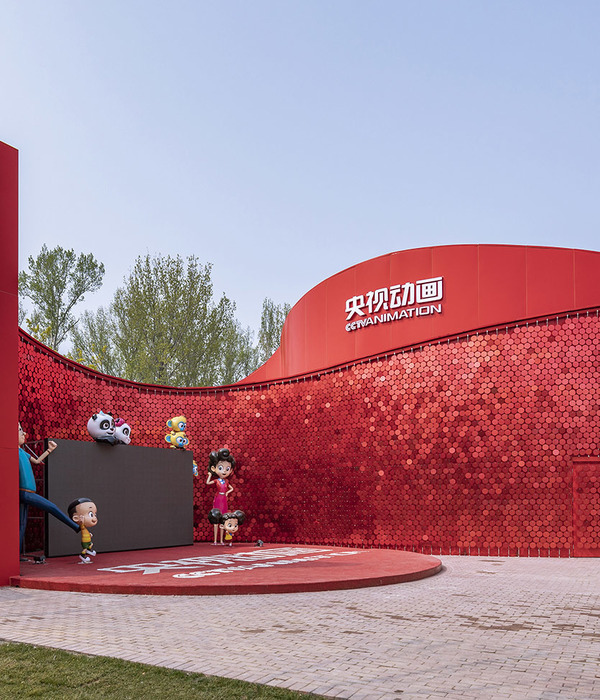Postindustrial Aesthetics: The building houses highly complex functional facilities for microbiological and chemical analysis laboratories. This requires great efficiency in its final use, compatible with a hyper-advanced image that, in parallel, aims to evoke emotion. The building presents a marked postindustrial aesthetic.
Urban Reactivator: It reactivates the powerful surrounding industrial landscape through its perforated facades, filtering the environment and creating its own interior landscape. Hypertechnological Face: The design of its exterior volume is based on the hypertechnology of high-speed trains and also on the triangular geometry of the Salón de Embajadores dome and the transitional spaces of the Reales Alcázares de Sevilla. It is technology dialoguing with tradition, the past related to the present and the future.
Bioclimatic Active Skins: The building protects itself from the sun, configuring its own shading thanks to the broken design that allows it to slide on its double facade - it consists of an interior glass envelope and an exterior super-perforated aluminum envelope, generated with parametric-computational systems. The chimney effect is created between them and it is qualified according to each orientation: to the North with large perforations; to the West it is more opaque, with small perforations; to the East it receives the morning sun through variable perforations, and to the South - where the building's facilities are located - it is practically closed. Variable geometry exterior skins: The exterior skin has variable geometry with its perforations, sifting and diffusing the light, creating a more intimate interior space. The interior glass skin, with functional geometry, envelops the laboratories.
Functional Layers: The interior is configured in overlapping spatial layers, generating a high spatial complexity through the extension and superimposition of different spaces and volumes. Thus, the building suggests an advancement towards the existing environment. The staircase-sculpture: This complexity is concentrated in the large central staircase-sculpture that organizes the building and on which the zenithal light descends from the skylights.
Hypertransparencies: The interiors are illuminated with sunlight filtered through the skylights, passing through transparent glass planes with light and shadow treatments. Beautiful, reflective, and mysterious spaces emerge, with optimal conditions for living and working.
Friendly Accessibility: A ramp-bridge over the void of the courtyard allows Universal Accessibility to the raised ground floor compared to the street. Weightlessness and lightness: The building rises, generating a feeling of weightlessness. It is suspended, with a large cantilever, floating and leaving a threshold area that allows the sky and the landscape to filter through, as was the case in many Arab architectures.
Superstructure: A highly sophisticated building, made of reinforced concrete and steel, allowing for large spans and very open spaces, necessary for the functioning of the laboratory. It is exposed on the lower faces of the facade, so that it is configured as a grid-slab in which the external parameters of composite and double-sided aluminum and perforated materials merge, achieving a clean encounter and finish between materials. Recyclable materials: Concrete, steel, glass, and aluminum, recyclable, this play of materials enhances the expression of the building's concept. Spatial symbiosis: All of this reflects the idea of its conception as a spatial symbiosis that generates the sensation of an expectant and magical stillness in its inhabitants.
{{item.text_origin}}






